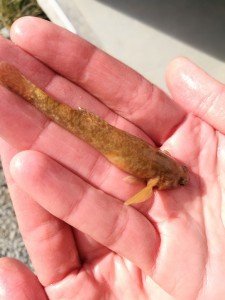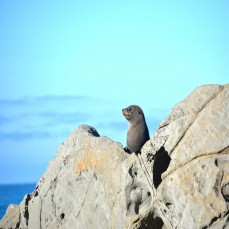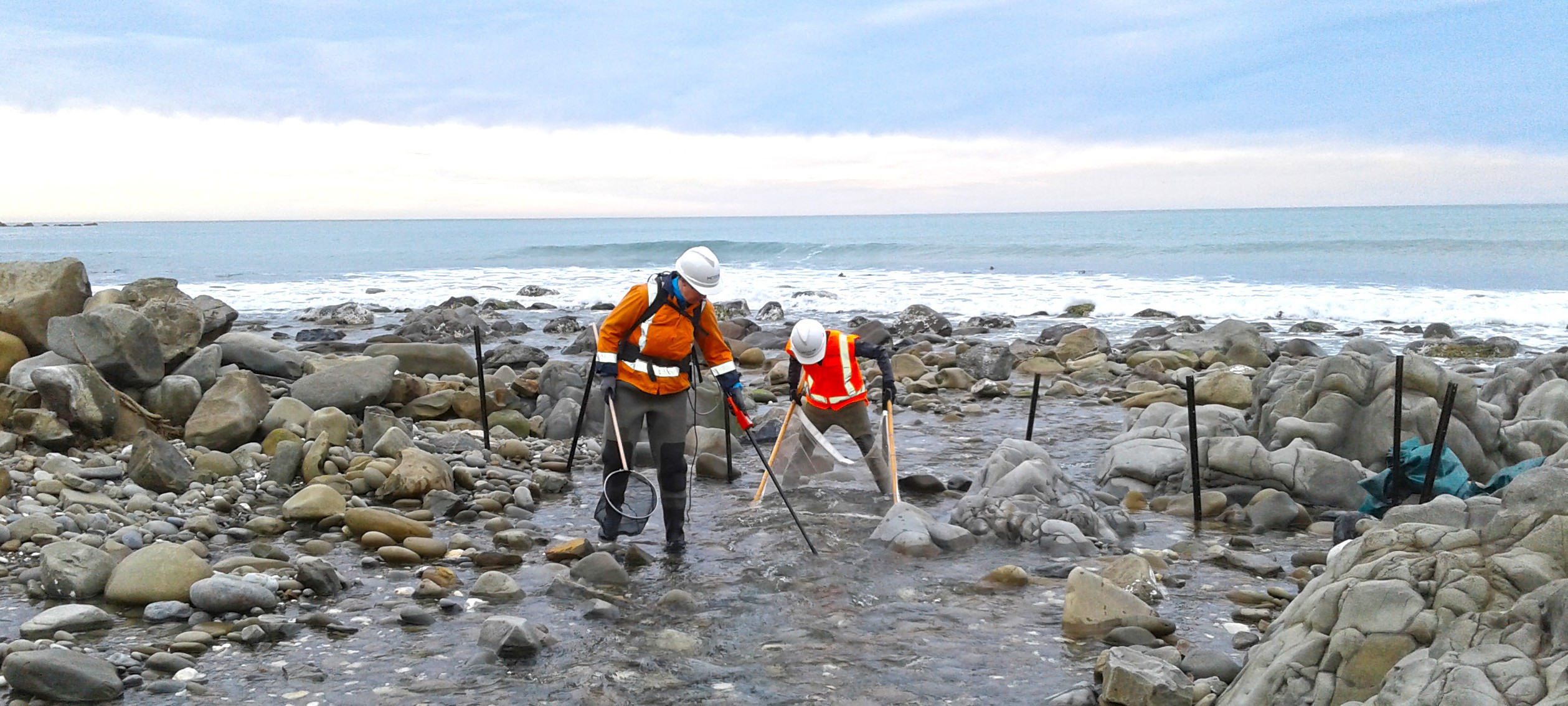These principles guide our project design, construction and environmental outcomes.
They are a requirement under the emergency legislation which enabled the reinstatement of the transport corridor – and fundamental to the NCTIR program underpinning good decision making.
The 10 NCTIR ecological principles are:


- Avoid as far as practicable, or minimise permanent habitat loss (including coastal, terrestrial and freshwater habitats).
- Avoid as far as practicable, or minimise loss of rare ecosystem types and habitats for Threatened, At Risk, taonga and marine mammal species.
- Avoid as far as practicable, or minimise habitat fragmentation/barriers (including coastal, terrestrial and freshwater habitats).
- Avoid as far as practicable, or minimise impacts on habitat connectivity (including coastal, terrestrial and freshwater habitats).
- Avoid as far as practicable, or minimise impacts on Threatened, At Risk, taonga and marine mammal species.
- Create safe habitats, especially for Threatened, At Risk, taonga and marine mammal species. For example, where possible build in habitat creation/improvement opportunities for species such as seals, penguins and significant plants.
- Avoid as far as practicable, or minimise effects on water quality and sediment – including kai moana and mauri.
- Avoid as far as practicable, or minimise alteration of natural hydrology patterns to the extent practicable.
- Avoid as far as practicable, or minimise the potential for the spread and/or establishment of pest plants or animals (including coastal, terrestrial and freshwater habitats).
- Avoid as far as practicable, or minimise impacts on habitats that play an important role in the life cycle and ecology of native species. For example, seal breeding colonies, shag roosts/nesting sites, gull breeding colonies.
